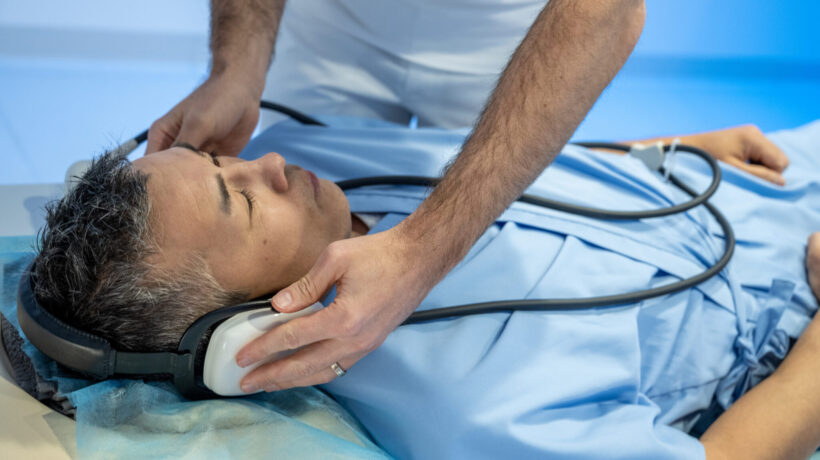Getting Through an MRI When You Have Claustrophobia

Many people are familiar with the term claustrophobia — the fear of small or enclosed spaces. But for some, it’s more than just discomfort. It can trigger intense anxiety, a fight-or-flight response, or even panic attacks. When your provider orders an MRI (magnetic resonance imaging), this fear can make the lead-up to the exam incredibly stressful.
The good news? There are several ways to reduce anxiety and make your MRI experience as calm and comfortable as possible.
- Understand the Fear — and That You’re Not Alone
Claustrophobia affects about 12.5% of the population at some point in their lives, and MRIs are a known trigger. The Healthline article on understanding claustrophobia explains that while the fear is real, it can be managed — especially when patients are given tools and information to feel in control. At Diagnostic Imaging Northwest (DINW), we take these concerns seriously and work with each patient to ensure a supportive, reassuring experience.
- Simple Comfort Measures Can Help
Many patients with mild claustrophobia find comfort in sensory distractions:
- We can provide a towelette to place gently over your eyes, helping block the visual stimulus of the machine.
- Headphones with calming music of your choice can also help drown out machine noises.
- Our technologists are in constant communication with you and are trained to provide encouragement and reassurance throughout the exam.
These steps, while simple, can make a big difference in how you feel.
- Positioning Matters More Than You Think
Where on your body the imaging is being performed can change your experience:
- Lower body scans (like knee, ankle, or foot) typically mean your head will remain outside of the scanner.
- For hips or pelvis scans, your head will be near the edge of the bore, not deep inside the machine.
- Upper body or head scans will require more of your body to be inside the scanner — but remember: both ends of the machine are always open.
Understanding what to expect often helps reduce anticipatory anxiety.
- Wide-Bore MRI Options for Added Comfort
At Diagnostic Imaging Northwest, we offer 1.5T Short, Wide Bore MRI scanners at our Puyallup, Sunrise, and Bonney Lake locations. These machines are larger in diameter than traditional MRI scanners, providing more space around your body and helping to reduce the feeling of being enclosed.
We also encourage patients to explore our website, where you’ll find videos of our imaging equipment and what to expect — including content from our TRA partner locations. Seeing the setup beforehand can help ease uncertainty.
- Talk to Your Provider About Sedation Options
If your anxiety is moderate to severe, talk with your provider about self-sedation options. They may prescribe a mild anti-anxiety medication to take before your exam. Just be sure to:
- Arrange for a driver to and from your appointment.
- Arrive early to take your medication on-site.
- Follow all prescription instructions carefully.
In rare cases of extreme claustrophobia, an open MRI or a hospital-based scan under general sedation may be the best route. Your provider can help guide you through these options if needed.
Claustrophobia is real — and valid. At Diagnostic Imaging Northwest, we’re here to support you with compassion, understanding, and solutions tailored to your needs. If you have concerns or questions before your exam, don’t hesitate to reach out to our staff.
🧠 Learn more about claustrophobia: Healthline: What Is Claustrophobia?
📍 Explore our MRI machines: https://www.dinw.com/services/mri/our-mri-machines/
